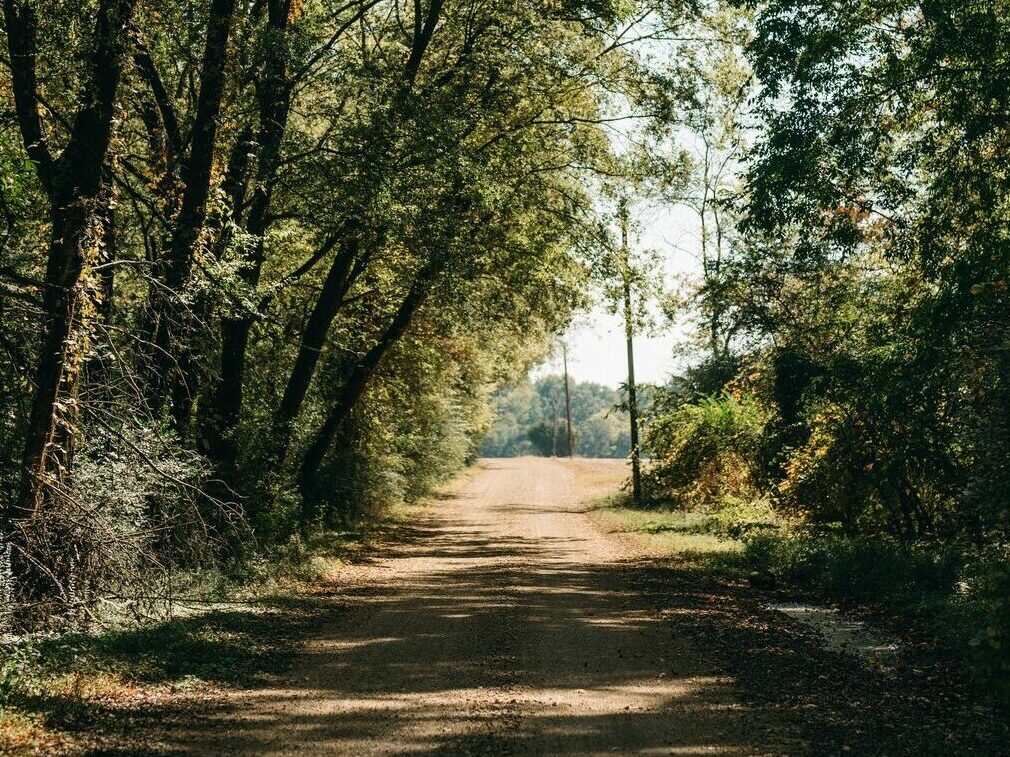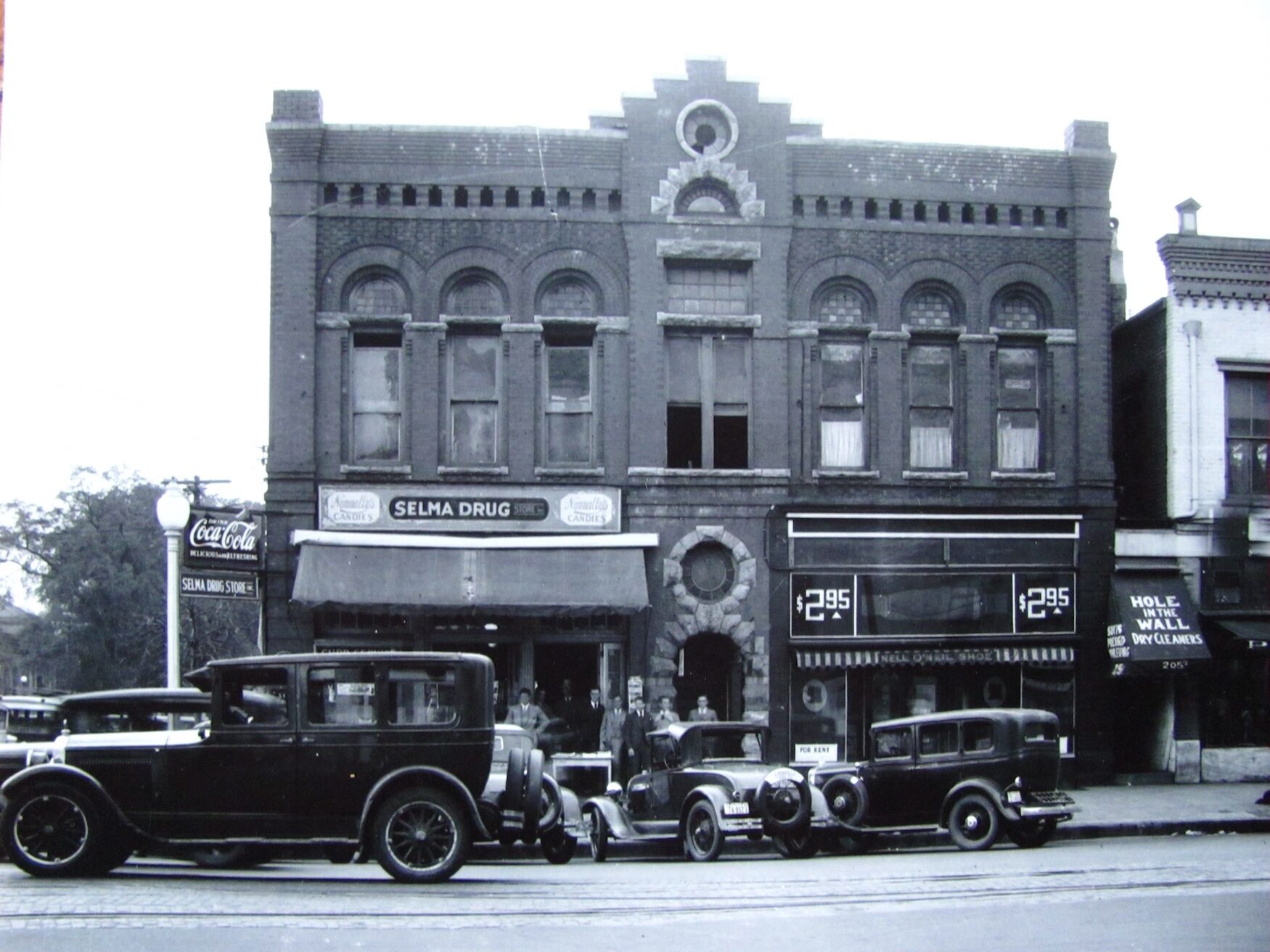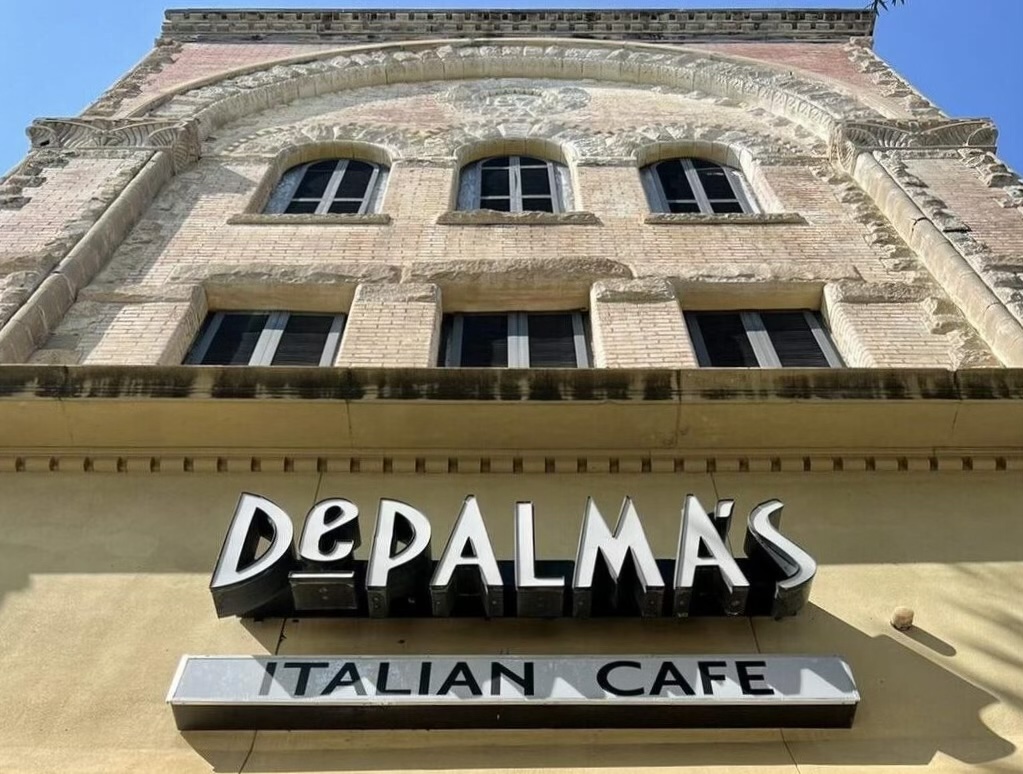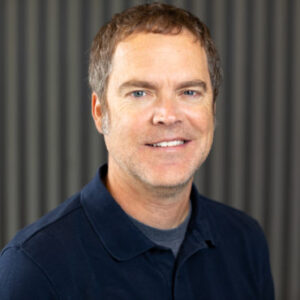
(Sweet Trails Alabama/Contributed)
Sweet Trails Alabama, a unique collaborative initiative to create a master trail plan for the state, offers residents and visitors alike the opportunity to experience Alabama’s natural beauty. The project represents just over 7,800 miles of trails across our great state, and a Public Draft of the Sweet Trails Alabama (Statewide Trails) Plan was released over the summer.
The Statewide Trails plan certainly did not happen overnight. One vital member of the planning team is Matt Hayes, Vice President and East Regional Director of Alta Planning and Design, who brings over two decades of experience leading multimodal transportation and greenway planning efforts across the Southeast. We asked him about his role in the Sweet Trails Alabama Project—and how trail access is not only essential for recreation, but to create new opportunities for tourism, economic growth, and community engagement.
What is your role at Alta, and how were you involved with the Sweet Trails Alabama project?
I am a principal at Alta and have been doing trail planning and multimodal transportation planning for about 24 years, based in Durham, North Carolina. I grew up in Huntsville and attended Samford University for undergraduate school. I was the principal-in-charge of Sweet Trails AL and worked with our local and national Alta team, alongside the Singing River Trail, Jacksonville State University, and engaged leaders and trail groups across the state to develop the plan.
What is the trail planning process like?
For us, it includes a few basic components. First, listen to the trail groups, stakeholders, leaders, and residents across the state to hear what kind of trails they want and where they want them. What are their visions, ideas, and concerns?
Second is an assessment of existing conditions across Alabama—where are existing and planned trails today? How might we expand and connect those? Our job wasn’t to change anything already done by the great trail organizations and groups across the state, but to build on that work and stitch it all together.
Third, we develop a recommended trail network—at the state level, this meant connecting all 67 counties. Finally, we determine what actions to take and what are priorities moving forward to fund additional trails and keep improving and maintaining the great trails we already have.
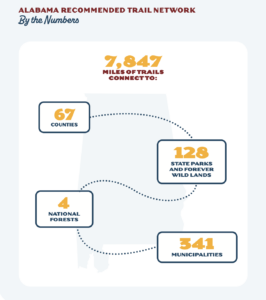
(Sweet Trails Alabama/Contributed)
How is Sweet Trails AL different or unique from other trail plans you’ve worked on?
I think this was unique in how we talked about a statewide trail plan. It’s not just something for nature and outdoor enthusiasts and hikers; for Alabama, we believe that it is essential for economic progress, retention and attraction of residents, entrepreneurship, tourism, and quality of life. Alabama is a state that is rich in natural and cultural history—trails can help tell those stories and show off what Alabama has to offer. We were able to travel all over the state to talk about what trails can mean for everyone in the state and heard excitement everywhere we went from small towns to large cities.
Why are you personally passionate about trail planning?
I grew up in Huntsville and spent much of my formative years outside, hiking and biking. To me, it is something that benefits everyone and something we can all agree on, in an increasing polarized country. I think it can make a difference in people’s lives to be healthier, away from their phones/TVs, and engaging more in their community and with each other. We need more trails in Alabama and need to showcase what we already have in a better way.
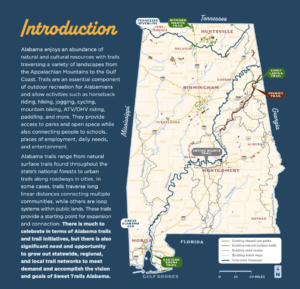
(Sweet Trails Alabama/Contributed)
What is the most important thing for the public to know at this point?
We are wrapping up the final statewide trails plan now after engaging thousands of residents across the state over the past year. Our hope is to continue pushing for an increase in state funding that can help leverage and grow private, federal, and local dollars. If you want to support the effort, please reach out to your local and state elected officials to communicate your support. We will be conducting trail feasibility studies across the state in late 2024 and 2025. If you want to keep up with the latest, you can visit https://sweettrailsalabama.org/.
